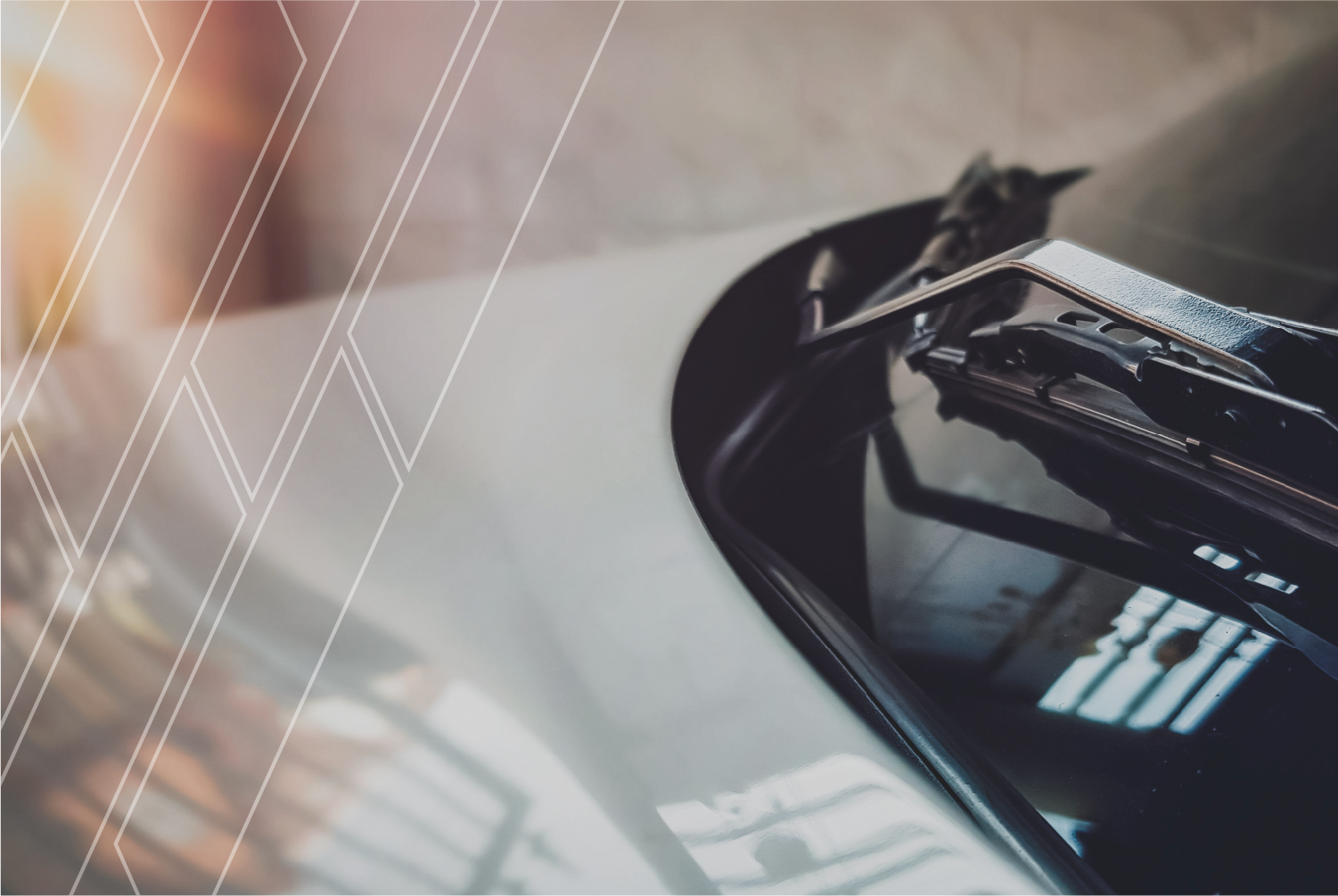Article: Beginners guide to take care of a car at home

Beginners guide to take care of a car at home
A personal vehicle like a car adds a lot of value to our life. With easy to follow car maintenance tips, car care health can be mastered smoothly and help you to keep repair and maintenance costs at the minimum. In other words, just like you don't have to always go to a doctor for health problems and can manage with home remedies, these routine car check-ups at home can help you to sort out car troubles. By following these regular check-ups, you won’t need to go to a mechanic every time there’s a problem with your vehicle. Because visiting a mechanic for every little problem is neither practical nor a cost effective solution. Just with a few check-ups of basic parts, you can be sure of your car’s condition and always keep it ready for unplanned long drives or weekend tours.
What areas need to be checked regularly for having a hassle free driving experience, every time?
Your car's health can be monitored by doing a handful of checks of some crucial parts and levels. The key to owning a car with low maintenance lies in following some basic car care tips. These basic maintenance checks have to be done for the following parts:
- Checking engine oils
- Coolant level checks
- Check up and cleaning of air filters,
- AC filters check-up
- Brake oils check-up
- Inspecting wiper washer liquids
- Battery terminals
So, how to go about checking these crucial parameters of your car’s health? Let’s take a look at each process, step by step. Just open up the bonnet and get started with these car maintenance and repair steps.
Checking Oil levels by observing engine dipstick
Your car’s engine needs to have sufficient oil levels all the time, whether running or stationary. These levels should be checked at least once in 30-45 days, depending on your usage.
Locate the engine oil dipstick in the engine. Usually the engine dipstick is made of a different color like yellow or other bright shades. For surety, refer to your car manual or look up on the internet to locate the engine dipstick of your car.
Next take out the engine dipstick and see the oil marks visible on the inserted end of the stick. After taking out the dipstick, use a microfiber cloth or a particular cleaning fabric (not used for anything else) to wipe the oil marks. Be careful to not use just any type of cloth to clean the dipstick, because even a little amount of dust on the dipstick can damage the engine. After cleaning the dipstick, you will be able to see two marks on the inserted end, F and L. Next, insert the dipstick in the vent and take it out. If you can see the oil marks at F level, the engine has sufficient oil and if the oil level is towards L mark, it means you have to fill engine oil.
The other important thing to check is the viscosity of engine oil. If the oil is not as dense as it should be, you should replace engine oil. After checking the oil levels, be careful to tightly close the dipstick in its place.

Checking Coolant levels
Your car’s coolant removes the excess heat from the engine. The coolant is made of antifreeze chemical and water. The right amount of coolant is essential for preventing overheating and avoiding engine damage. That’s why checking coolant regularly helps to keep your car healthy.
Make sure that the engine is not heated at the time of checking coolant level. Because if the engine is heated, the coolant might spurt out, leading to injury. Also, if the engine is heated, never add water to the coolant at that time.
Locate the coolant reservoir in the engine area. Usually the coolant reservoir is of a translucent color with a bright color cap. Again, you can either refer to your car manual or check online to find the coolant reservoir of your car model. The coolant reservoir has two 2 marks, F and L. The coolant levels are visible externally. If the coolant levels are near the F mark, that means it is the right amount needed for smooth engine functioning. However, if the coolant levels are near L mark, you need to add sufficient volume of coolant or water to the coolant reservoir. Since coolant is a mixture of antifreeze and water, depending on the coolant viscosity, you can add just the right amount of water to fill up the reservoir. If the coolant viscosity is very light, then don’t add water but only coolant. Be careful to not fill water or coolant to the maximum level, because coolant expands after heating and an overflowing reservoir can leak coolant.
You can also check the coolant quality by opening the radiator coolant cap. If the cap is not greased or without dirt, then the coolant quality is of good quality. Some cars don’t have a radiator coolant cap, so you can always measure coolant levels and quality from the coolant reservoir.

Checking the car air filters
Locate the cold air collector box in the car engine area. For most models of car, the air filters are located in a rectangular air collector box. Use the clips on the side of the rectangular box to open the air collector box and don’t tinker any other valves to avoid unnecessary damage. After taking away the top of the collector box, you can see air filters beneath it. The air filters should be always clean and free from any dust gathering. Usually the air filters are of white color and if you see air filters looking grayish or with any visible dust on the air filters, these have to be cleaned. For cleaning the air filters, remove the air filter tray and either use compressed air or gently tap it on a clean surface to shake away the dirt from the air filter mesh.

Checking wiper and washer liquids
The windshield cleaning liquid is stored in a reservoir with a bright color cap, with washer only written on it. This liquid is used to clean the windshield and it should always have the sufficient level of liquid in it. Open the washer fluid cap and use water mixed with mild shampoo or glass cleaning liquids to fill it up if necessary. Don’t fill up the washer liquid to the maximum level, because in the moving car, it can spill outside, leading to a potential damage of other parts.

Checking Brake oil levels
The brake oil reservoir is located near the washer liquid reservoir. Open the brake oil reservoir cap and see whether the oil levels are near the full mark. If the oil levels are not visible to the naked eye, you have to fill the brake oil.

Checking battery terminals
For checking the battery health, look at the battery terminals. These terminals are located on the battery as well as a separate box near the battery with + sign on it. These metal terminals should always be protected by applying a battery terminal spray to avoid oxidation and rusting. When you are done checking the positive terminals, be very careful to close the box tightly, because if any metal part touches these positive terminals, it can result in a serious accident.
If you don't plan to take out your car for a long time, do not forget to disconnect the battery wires, or else it will get drained on its own.

Checking AC filters
Usually the AC filters are located beneath the car dashboards. Open the dashboard and remove it by following the methods mentioned in the car manual. Next, locate the ac vent and open the cap. After opening the AC cap, take out the AC filters from the vent. If the AC filter pores are dust free, nothing is to be done. However, if you see any dust accumulation on the filter pores, the dust has to be removed. This accumulated dust on the pores can affect the cooling power of the AC and also lead to circulating harmful air in the car interiors that can affect your health. We recommend using a suitable AC vent cleaning solution to keep the breathable air healthy and free from bad odor.
To remove dust from the AC filters, use water to wash to remove the dirt from the filters. Only after the AC filter is completely dried, insert it back in the vent.
With these simple routine checks and tips for car care, you can enjoy a smooth driving experience and avoid unnecessary car maintenance costs. Happy driving.


